The Huawei P8 Review
by Andrei Frumusanu on June 4, 2015 8:00 AM EST- Posted in
- Smartphones
- Huawei
- Mobile
- P8
- Kirin 930
Camera Still Picture Performance
Having covered the camera's architecture, we'll take a look at how Sony new RGBW sensor behaves in practice. As comparison devices we have Huawei's Mate 7, and the Galaxy S6 serving as a reference camera to beat. The Mate 7 comes with an Sony IMX214 sensor and F/2.0 lens setup and image processing is handled by the SoC ISP. The S6 comes with either a Sony IMX240 (As is our test unit) or an SLSI S5K2P2 sensor and F/1.9 lens with a dedicated SLSI ISP chipset handling image processing for still image capture.
Daylight Capture
We start off by daylight shots on an overcast afternoon analysing different scenarios.
The first location represents a tough scene in terms of white-balance and exposure. Looking at the standard capture modes we see very different exposure times between the P8 and the Mate7 & S6. The P8 captured the scene at 1/361s @ ISO 64 while the S6 and Mate 7 were able to content with faster exposured at respectively 1/564s @ ISO 40 and 1/586s @ ISO 50. While the S6 does have an advantage with its wider aperture at F/1.9 versus the F/2.0 on the P8, it doesn't explain why the P8 requires a longer exposure at higher ISO than the Mate 7, which also sports a F/2.0 system.
The HDR captures make more sense in terms of the exposure time presented by the EXIF data, as the P8 captures at 1/868s @ ISO 64 with the S6 comes in at 1/662s @ ISO 40 and the Mate 7 at 1/434s @ ISO 50.
Both Huawei devices don't manage a proper white-balance as they produce a slightly too cold image in both cases. The P8 improves hugely over the Mate 7 as it manages to capture much more detail as it exposes the picture longer, better reproducing the actual scene at the time.
Moving on to picture crops of the same area of the screen gives us a better look at how the devices fare with detail. Off the bat, the difference in clarity between the P8 and Mate 7 is evident. Even though both cameras are 13MP shooters with the same lens aperture, the P8 is able to capture much higher detail in the foliage throughout the screen and also on the cobblestone underneath the speed sign. OIS could be part of the reason for the increased detail, but OIS's impact is directly related to the exposure time, so advantages due to it should only be limited in bright scenarios.
The other two scenes continue the same trend as we see the P8 show large improvements over the Mate 7, but can't compete with the details captured by the Galaxy S6's IMX240. It seems that this phenomenon is stricktly limited to foliage as other details remain within the expected differences in resolution between the two phones.
Moving to a closeup of a flower-bed, we see another scenario where all the devices struggle to get the right exposure. The P8 here ends up as the worst contender as it repeatedly overexposed the scene.
Even the S6 has issues as it also slightly overexposes the flowers. It's ironically the Mate 7 which performs best here and has the best representation of the actual colours of the red tulips.
Overall, the P8 is a large improvement over Huawei's previous camera modules in daylight scenarios, but still falls behind actual flagship shooters such as the Galaxy S6. Consistency is an important factor in smartphone cameras, and it seems like Huawei has issues with controlling exposure time consistently as many of my shots would often come out slightly differently when I took more than a couple of takes.
Low-Light Capture
Starting off with a very dark scene with only a few illumination sources we start to see the P8's advantages in low-light as it manages outperform the Galaxy S6 throughout most of the scene. The P8 exhibits clearer and more pronounced edges around objects, best seen around the building and window edges. While it seems the P8 is a bit noisier than the S6, it also retains more actual information as the S6 obviously employs heavy de-noising processing that manages to smudge details.
The P8's HDR modes makes exposure much too unrealistic, but if your goal is capturing happenings in low light, then the P8 is the right device for the job. Even with the amount of light gathered in this mode, the exposure remains reasonable at 1/4s and ISO 1000. Interesting to see is the difference OIS can make in both shots. I seemed to have an exceptionally steady hand in the standard shot and differences are only visible on clear horizontal edges such as the furthest background building's window blinds. On the HDR shot however the difference couldn't be larger as we see how OIS is able to compensate for movement at higher exposure times.
In a slightly more lit up scene, we again see the P8 outperform the S6 in terms of edge definition and detail. In the HDR shots the P8 manages an exposure of 1/17s @ ISO 640 while the S6 has to double that 1/8s @ ISO 1000 to get a similar level of brightness in the captured image. Again we see stark contrast on the P8 when shooting in HDR mode at low light, as the resulting picture is much brigther than the standard mode. It's interesting to see how the non-HDR picture actually requires a longer exposure, 1/13s @ ISO 800 to be exact. While the resulting image is darker than the HDR picture, it's able to pick up even more detail as edge definition increases for even the fartest objects.
Going back to the speed-sign scene and location during the night we see a role-reversal when it comes to camera performance. The P8 struggled to pick up details in the same shot during daytime, but in low-light it's easily capable to holding up and beating the Galaxy S6.
One aspect the P8 still has issues on is proper white-balance, as the processing on the Huawei device tries too much to get a colder picture. Here the S6 is much better at picking up the correct colour of the yellow sodium-vapour street lamps.
Finally in our last scene, we try to see how the phones compare in a mixed lighting condition. The P8 and S6 are neck-on-neck, with each having some advantage or disadvantage over the other. The S6 seems to favour longer exposure at lower ISO, while the P8 goes for a faster exposure at higher ISO. The S6 manages to get a clearer depiction of the grass and shrubbery directly in front of the patio, while the P8 gets better definition in the further away objects and structures. The P8's HDR consistently better than the S6's as for some reason the latter smudged the texture on the concrete columns.
On top of the normal shooting modes, Huawei introduces a new extreme low-light mode exclusive to the P8. Essentially this "Super Night" mode, which is only available through the settings menu, simply pushes exposure and ISO to ridiculous levels. The above shot was captured at 1/5s @ ISO 2500, and while the result has extremely high noise, it's surprising that a cellphone camera is even able to capture much at all as basically the pathway in the scene was mostly lit just by moonlight and some very dim lamp-posts. This mode is only useful when the scene you want to capture is uniformely dark, as the software will try to expose for the brightest element in view. Having a single bright lamp will cause the phone to expose for that lamp and cause everything else to be too dark.
Overall the P8 impressed a lot in low-light photography. I think it's safe to say that it beats the Galaxy S6 in most scenarios. The RGBW sensor seems to have paid off in that respect as the results speak for themselves.
However what makes a camera is more than just low-light photography, and while the P8 is able to hold its own among the best low-light shooters, it's the daylight scenes that are more concerning. Sony's RGBW IMX278 sensor just wasn't able to compete with a more traditional Bayer sensor when it comes to sheer detail in sufficiently lit conditions.


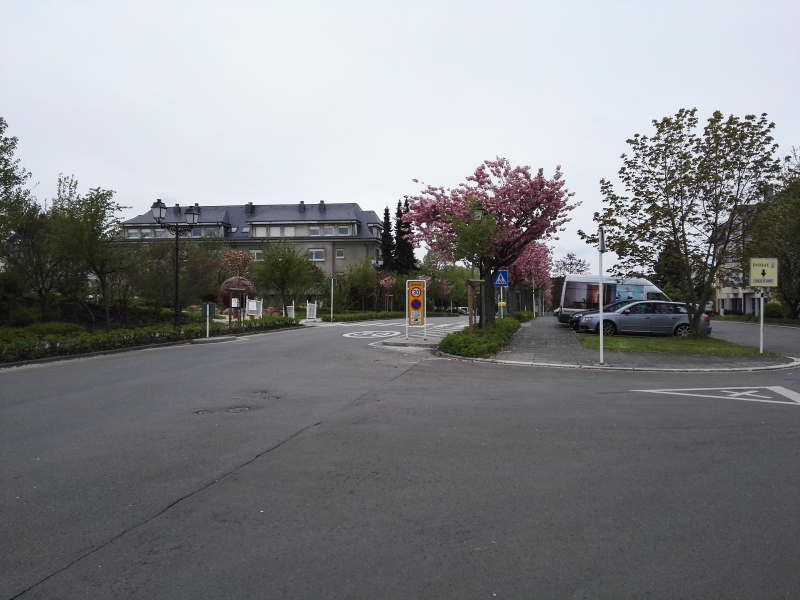






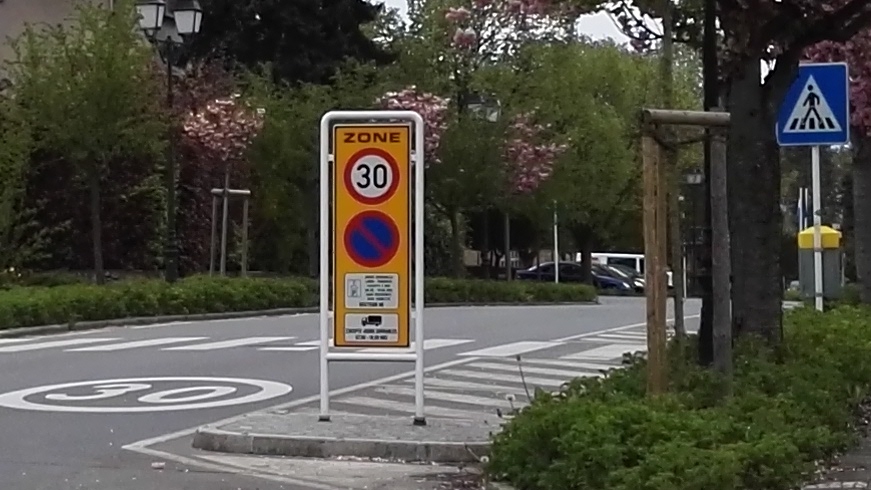












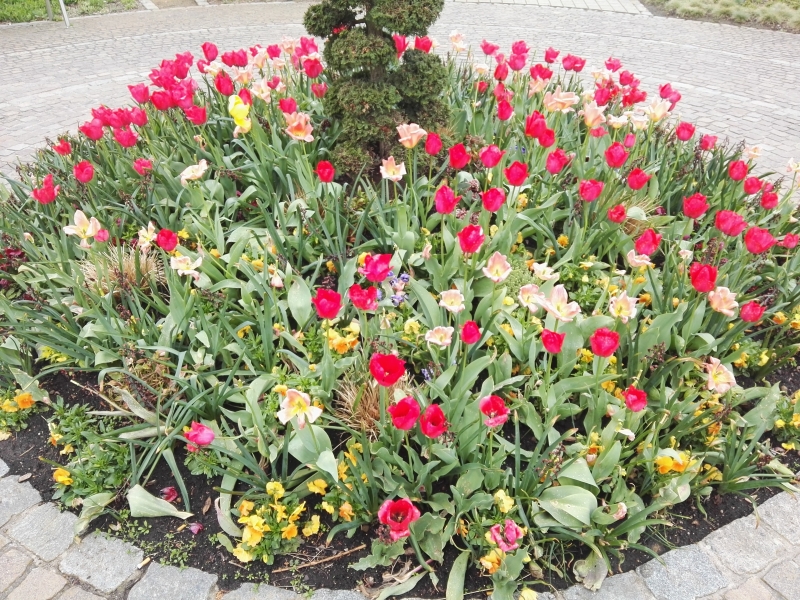



















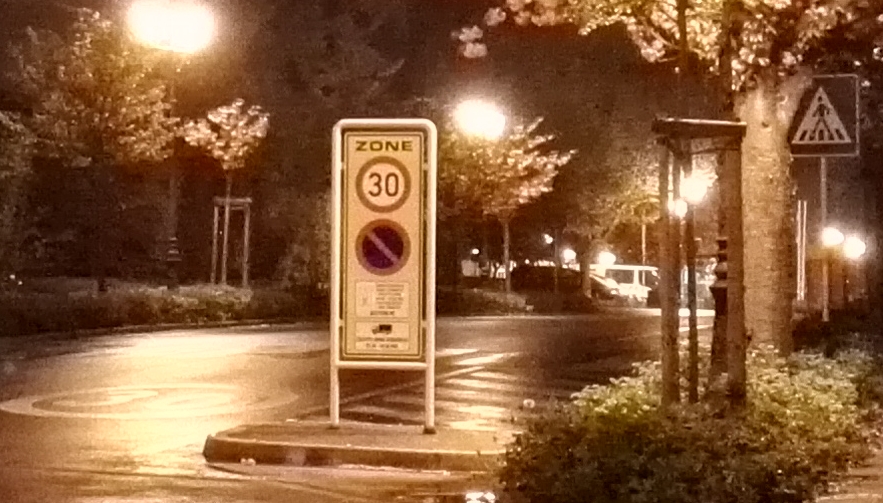






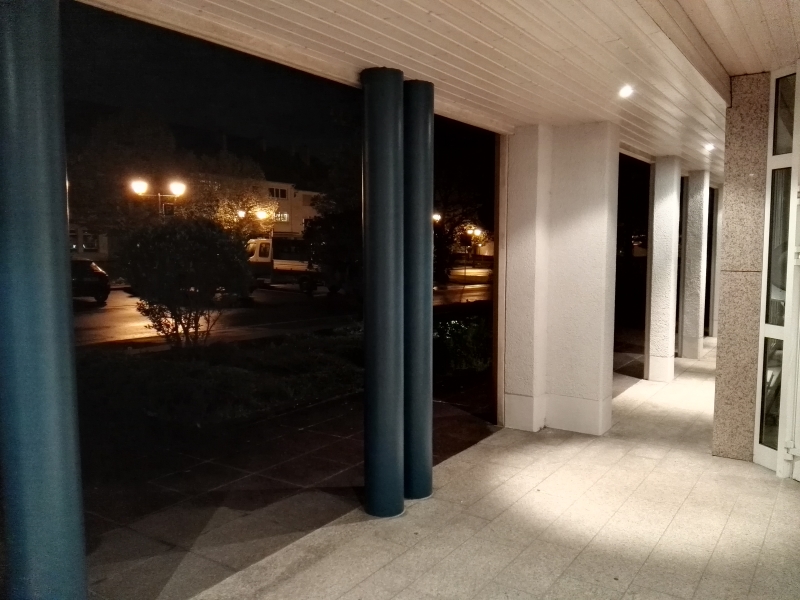






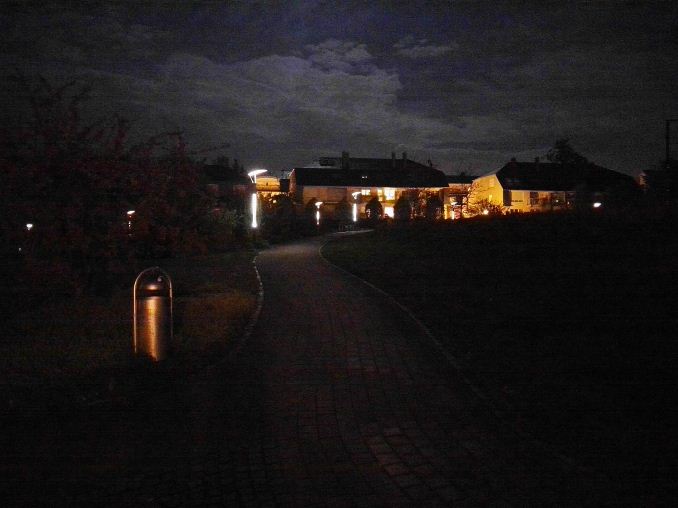








104 Comments
View All Comments
Drumsticks - Thursday, June 4, 2015 - link
Thanks for the review, but I'm wondering what happened to the G4. Any insight into its delay?MilwaukeeMike - Thursday, June 4, 2015 - link
My thoughts too. I looked at this review hoping the G4 would have had some entries in the graphs. No luck. Seems like every website with an opinion has a G4 review out. But the website with the best objective testing and insight is missing from the group.Andrei Frumusanu - Thursday, June 4, 2015 - link
Joshua is currently working on it but was delayed to attending Google I/O another events. It's still coming.Drumsticks - Thursday, June 4, 2015 - link
Awesome. Was just wondering - we know how busy y'all are and how much work goes into your reviews. Thanks!Ethos Evoss - Friday, June 12, 2015 - link
Completely time-killing over reacted long-exaggerated reviews with dozen pointless useless sections!PeterMorgan573 - Thursday, June 4, 2015 - link
"this was exasperated by the fact that the navigation bar has a black background": you'll want to change "exasperated" to "exacerbated".K1664 - Friday, June 5, 2015 - link
Why would he do that if he found is exasperating?K1664 - Friday, June 5, 2015 - link
*itsseemaku - Thursday, June 4, 2015 - link
A poor phone in an iphone caseEthos Evoss - Friday, June 12, 2015 - link
unintelligent human being you are !